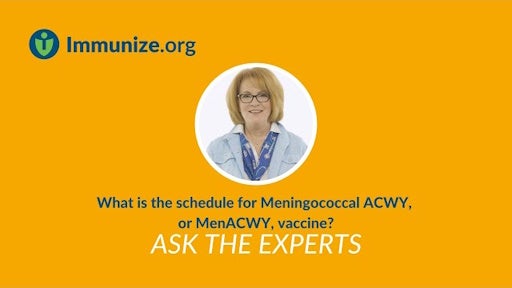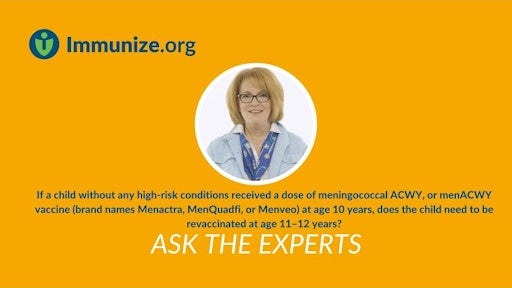If vaccines are given too close together, it can result in a less than optimal immune response. However, in most instances, a difference of a few days is unlikely to have a negative effect on immune response. With the exception of rabies vaccine, ACIP allows a grace period of 4 days (i.e., vaccine doses administered up to 4 days before the recommended minimum interval or age can be counted as valid). However, if a dose was administered 5 or more days earlier than the recommended minimum interval between doses, it is not valid and must be repeated. The repeat dose should be spaced after the invalid dose by the recommended minimum interval. Note that for hepatitis A vaccination, if the second dose is administered too early and must be repeated, the recommended interval between the invalid dose and the repeat dose is 6 months; however, if the repeat dose is administered earlier than 6 months no further doses are recommended as long as the interval between the first and final dose is at least 6 months.
If the first dose in a series is given 5 days or more before the recommended minimum age, the dose should be repeated on or after the date when the child reaches at least the minimum age. If the vaccine is a live vaccine, ensuring that a minimum interval of 28 days has elapsed from the invalid dose is recommended. Avoid such errors by knowing the minimum intervals and ages for routinely given vaccines. You can look up such information in the ACIP “General Best Practices Guidelines for Immunization”, available at www.cdc.gov/vaccines/hcp/imz-best-practices/timing-spacing-immunobiologics.html, Table 3-2.
The 4-day “grace period” should not be used when scheduling future vaccination visits, and should not be applied to the 28-day interval between different live parenteral vaccines not administered at the same visit. It should be used primarily when reviewing vaccination records (for example, when evaluating a vaccination record prior to entry to daycare or school).

